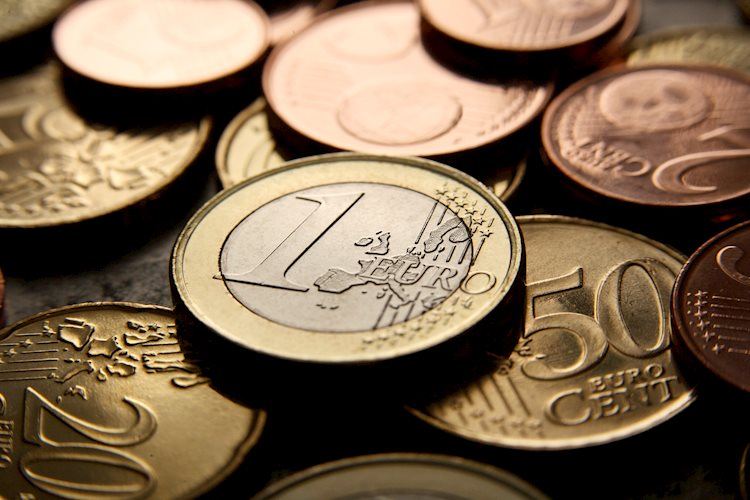The EUR/USD pair continues to hold steady around 1.1160 as traders await the release of Purchasing Managers Index (PMI) data from Eurozone and Germany. The US Dollar may face challenges due to the increased likelihood of further interest rate cuts by the Federal Reserve later in 2024. Last week, the Fed made a larger-than-usual 50 basis points cut to a 4.75-5.00% range and predicted an additional 75 basis points cut by the end of the year. However, Fed Chair Jerome Powell stated that the central bank is not rushing to ease policy and that half-percentage point rate cuts are not the new norm.
Philadelphia Fed President Patrick Harker recently commented on the US central bank’s handling of economic challenges, likening monetary policy to driving a bus where balancing speed is crucial. He emphasized that achieving maximum employment goes beyond the number of jobs and also includes the quality of those jobs. On the EUR side, ECB President Christine Lagarde highlighted the need for monetary policy to remain adaptable in a rapidly changing global economy, focusing on maintaining flexibility to meet evolving challenges.
The Euro FAQ section provides an overview of the Euro and its significance in the global economy. The Euro is the currency used in the 20 European Union countries that make up the Eurozone and is the second most traded currency in the world after the US Dollar. The European Central Bank, located in Frankfurt, Germany, manages monetary policy for the Eurozone and aims to maintain price stability by controlling inflation or stimulating growth through interest rate adjustments.
Eurozone inflation data, measured by the Harmonized Index of Consumer Prices (HICP), is a crucial factor that influences the Euro’s value. High inflation above the ECB’s 2% target may lead to interest rate hikes to curb inflation, benefiting the Euro. Economic indicators such as GDP, Manufacturing and Services PMIs, employment, and consumer sentiment surveys also impact the Euro’s direction. A strong economy attracts foreign investment and may prompt the ECB to raise interest rates, strengthening the Euro.
Trade Balance data is another significant release that affects the Euro. A positive net Trade Balance, indicating higher exports than imports, strengthens the currency due to increased demand for exports. Conversely, a negative balance can weaken the currency. The economic data from the four largest Eurozone economies – Germany, France, Italy, and Spain – are particularly crucial as they drive 75% of the Eurozone’s economy.
In conclusion, the EUR/USD pair remains stable as traders await key data releases and monitor central bank actions. The US Dollar may face pressure from the Fed’s inclination towards further rate cuts, while the Euro’s value will be influenced by economic indicators and ECB policy decisions. The global economic landscape continues to evolve, emphasizing the need for flexibility in monetary policy to address challenges effectively. Traders will closely watch PMI data and other releases to gauge the health of the Eurozone economy and its impact on the Euro’s value in the forex market.











